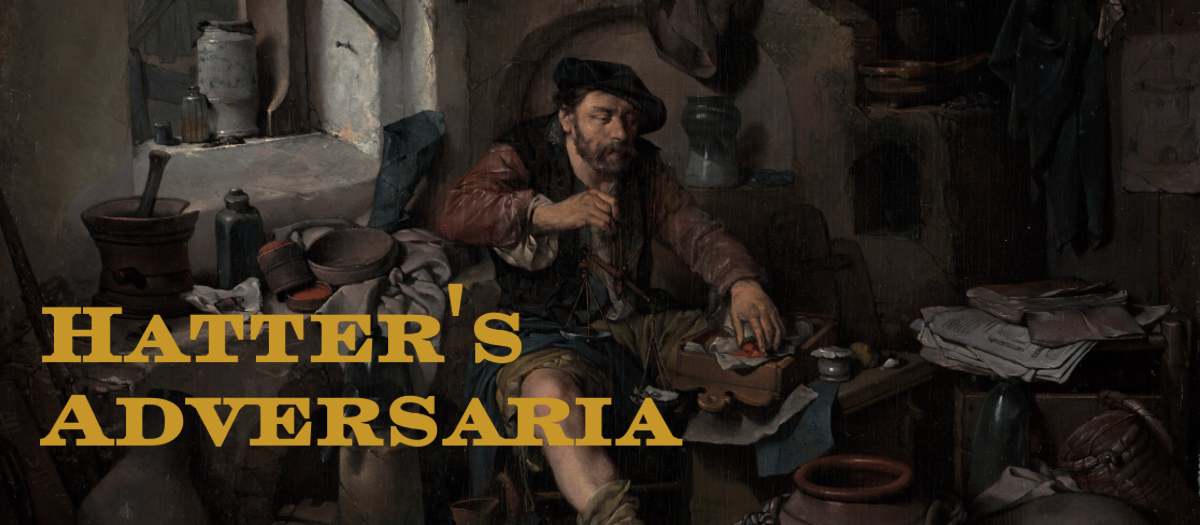So, on Netflix, The Sandman, a ten episode series based on the comic series written by Neil Gaiman, now published in twelve volumes. I have read the first of them, which may not be the best sampling as I have seen more than once the judgment that the first volume is just a prelude that is not as good as the following eleven. I have volume 2, but have not read it yet.
The story is about Morpheus, or Dream, ruler of the realm of dreams, one of the Endless; in the series played by Tom Sturridge, who does a commendable job playing a character that must somehow appear ever otherworldly, ever of the realm of Dreams, and ever of the tenor of the character in the books. I will admit there are moments where I could not help but think, "You nailed that line." Though, there are also moments of "Who picked that camera angle?" caused by a sudden banality. The first volume of the comic covers his eighty-year-long imprisonment (over a century in the tv series) by a magus and his son, then his escape, and finally the recovery of his three items of power.
The first five-and-a-half episodes of the series follows volume 1, greatly re-written, as would need be. Certain plot lines are wholly changed, and more than one major character added — particularly one that serves as an enemy of Dream. His presence, though, seems rather superfluous. I am sure his being written in was to give some connection between that five-and-a-half episode prelude and what follows. Indeed, as is warned about the comics, after that prelude it is as though the story resets. What came before can wholly be ignored. The show offers some star power: Jenna Coleman plays Joanna Constantine, a female edition of the comic character, and holds her episode well (if an episode that might show a little of the problems of translation from comic to screen). Moreso, David Thewlis shows up as a character given much more screen time than book time. He carries the episode centered on him, but would you expect otherwise?
